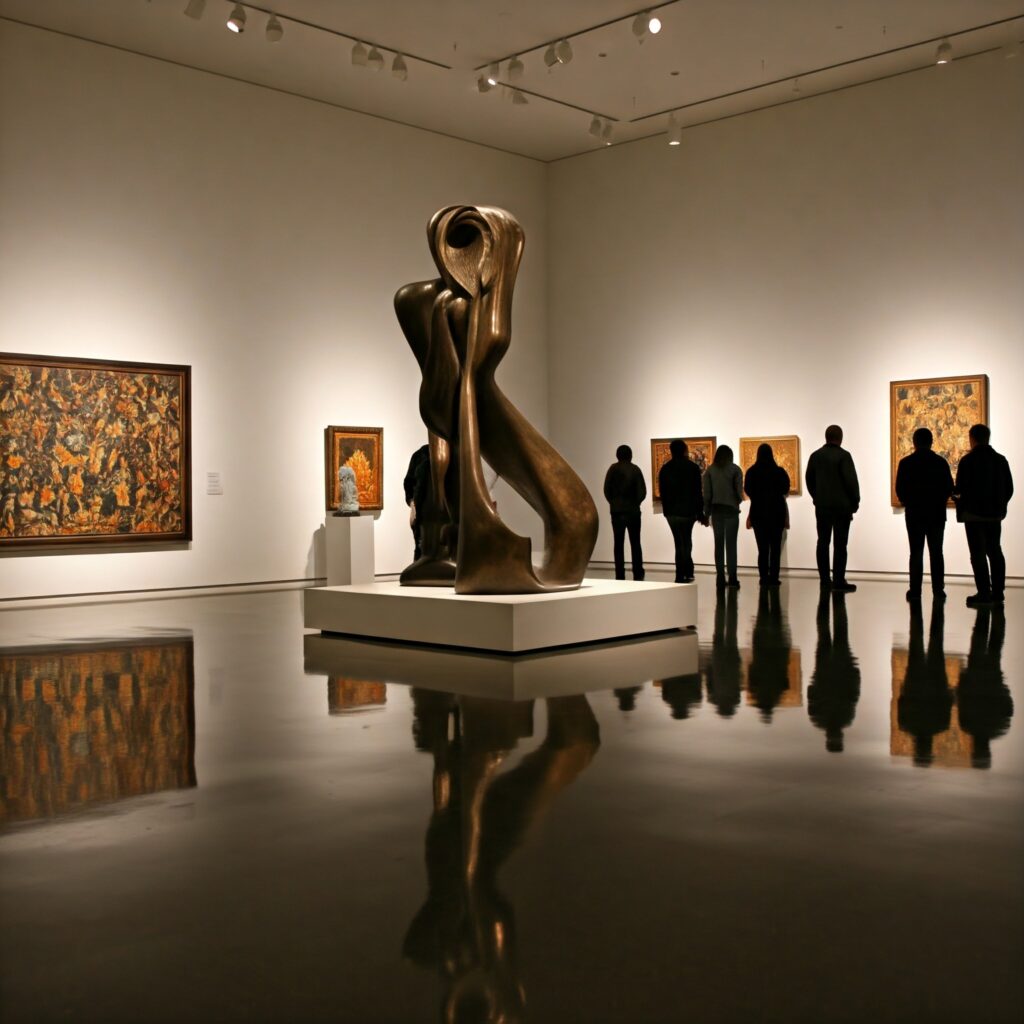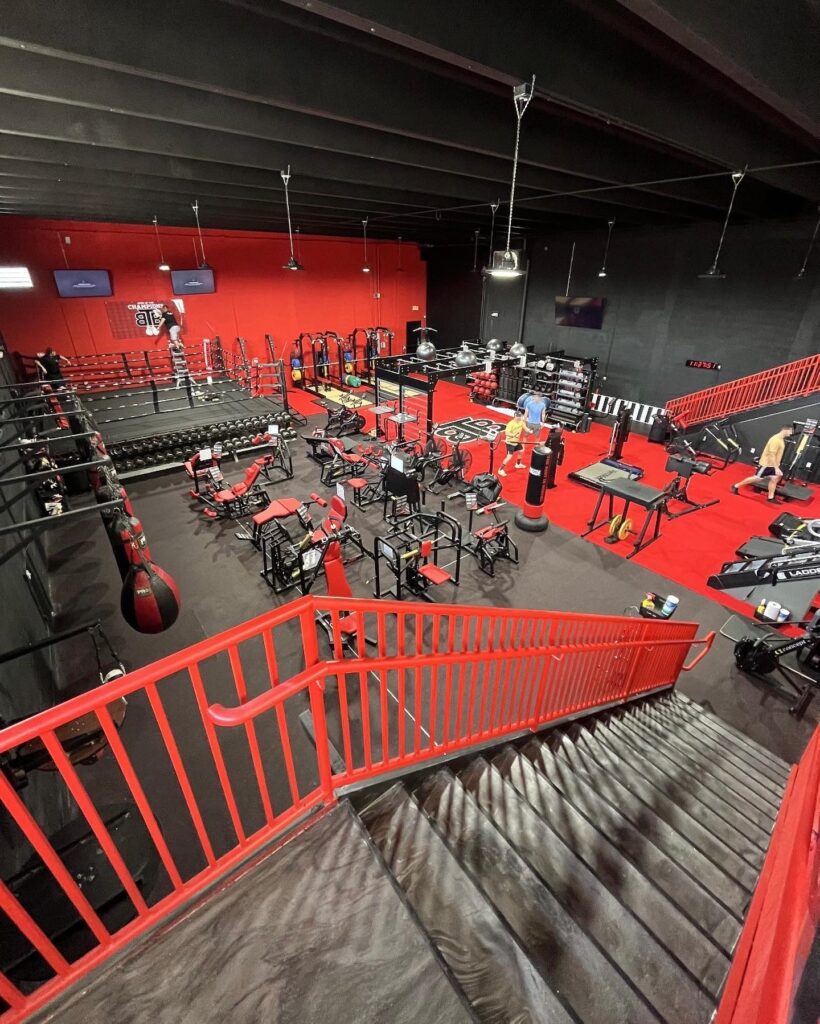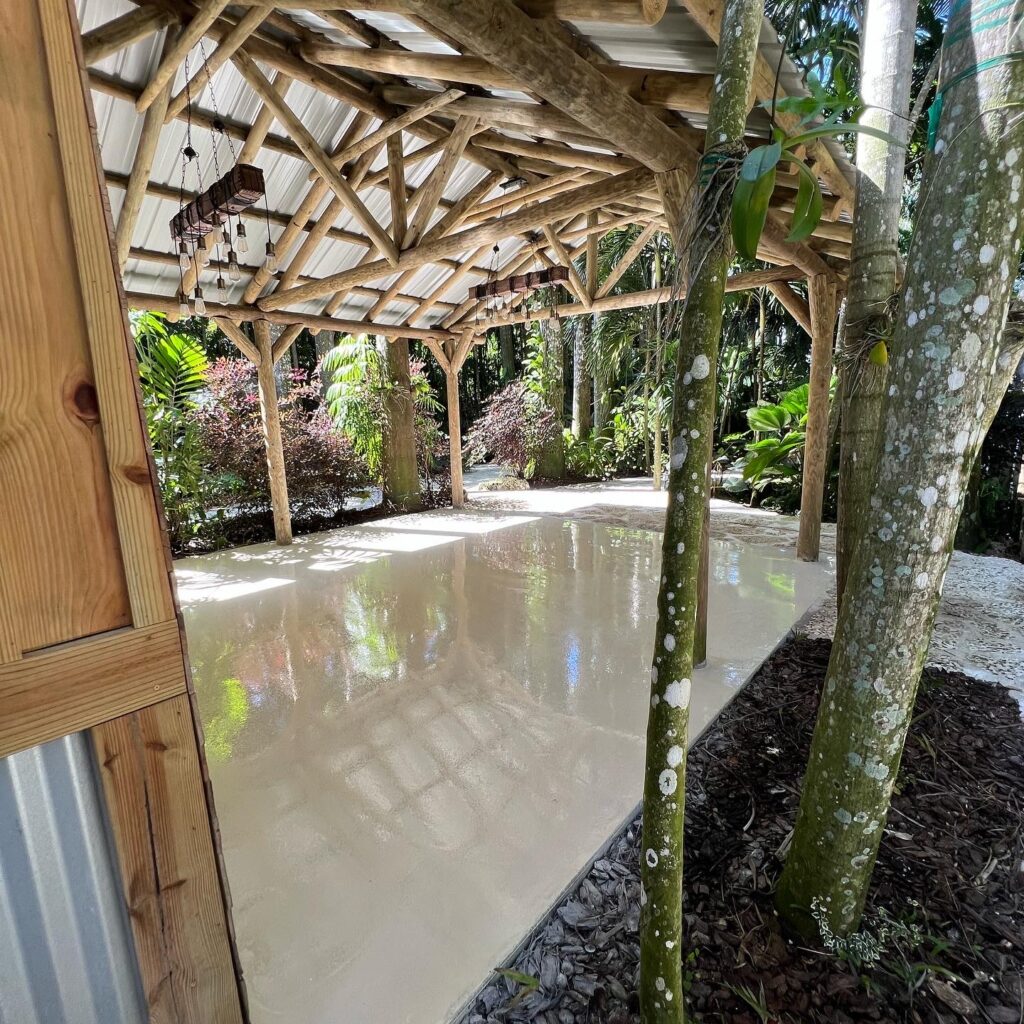The Need for Durable, Aesthetic Flooring in Museums
Museums are sanctuaries of art, history, and culture. Every element within their walls—from the lighting to the layout—must work in harmony to protect and showcase the treasures they hold. Among these crucial elements, flooring often plays a silent yet vital role.
Museum floors bear the weight of heavy foot traffic, support intricate exhibits, and contribute to the ambiance of the space. They must strike a delicate balance between durability and aesthetics, providing a foundation that complements the art while withstanding the rigors of daily use.
Epoxy flooring has emerged as a go-to solution for museums, offering a combination of resilience, elegance, and practicality. Its ability to enhance both functionality and aesthetics makes it an ideal choice for these cultural hubs. Let’s explore the many ways epoxy flooring can transform museum spaces.
Benefits of Epoxy Flooring in Museums
Epoxy flooring brings a host of benefits tailored to the unique demands of museums. From its robustness to its visual appeal, epoxy is designed to meet the challenges of high-profile spaces.
Durability to Withstand Heavy Foot Traffic
Museums see thousands of visitors daily, from school groups to art enthusiasts. This constant foot traffic, combined with the weight of exhibits and installations, places immense pressure on the floors. Traditional flooring materials like carpet or tile often struggle to maintain their integrity under such conditions.
Epoxy flooring, on the other hand, is engineered for endurance. Its seamless, resin-based surface resists wear and tear, standing up to both pedestrian and equipment traffic. Whether it’s heavy statues, display cases, or bustling crowds, epoxy floors maintain their pristine appearance for years.
High-Gloss Finish for Enhanced Displays
One of epoxy flooring’s standout features is its high-gloss finish. This reflective surface amplifies lighting within the museum, creating a bright and inviting atmosphere. For art and exhibit displays, this reflective quality enhances visibility and ensures that every detail is beautifully showcased.
The glossy finish also contributes to the overall ambiance, giving the space a modern, polished look. It draws attention to the exhibits while providing a clean and unobtrusive backdrop that doesn’t compete with the art.
Easy Maintenance and Cleaning
In spaces as busy as museums, cleanliness is essential. Spills, dirt, and scuffs are inevitable, but epoxy flooring’s non-porous surface makes maintenance a breeze. Dirt and debris can be quickly swept away, while spills can be wiped clean without leaving stains.
Epoxy flooring also resists scratches and chemical damage, ensuring that it retains its flawless appearance even after years of use. This ease of maintenance allows museum staff to focus on preserving the exhibits rather than worrying about the floors.
Customization for Museum Spaces
Beyond its practicality, epoxy flooring offers extensive customization options, enabling museums to create unique spaces that reflect their identity and enhance the visitor experience.
Seamless Designs for a Modern Look
Epoxy flooring’s seamless nature eliminates grout lines or visible joints, creating a smooth and uninterrupted surface. This modern aesthetic aligns perfectly with contemporary museum design, where minimalism and clean lines are often prioritized.
The seamless finish also enhances safety by reducing tripping hazards, making it an excellent choice for spaces where visitor flow is critical. Additionally, the smooth surface provides a neutral backdrop that highlights exhibits without distraction.
Color Options to Complement Exhibits
One of epoxy’s most appealing features is its customizability. Museums can choose from a wide range of colors, finishes, and patterns to match the theme or tone of their exhibits. For instance, a natural, earth-toned epoxy floor might complement an archaeological exhibit, while a sleek, metallic finish could enhance a modern art gallery.
Custom designs, such as embedded logos or directional markers, can also be incorporated into the flooring, enhancing both functionality and branding. This adaptability allows museums to create cohesive spaces that align with their vision and purpose.
Additional Advantages of Epoxy Flooring for Museums
Beyond the core benefits, epoxy flooring offers several additional advantages that make it an exceptional choice for museums.
- Moisture Resistance: Epoxy’s impermeable surface prevents moisture from seeping in, protecting the floors from damage and ensuring a stable environment for sensitive exhibits.
- Temperature Control: Epoxy flooring helps regulate temperatures within the museum, contributing to the preservation of artwork and artifacts.
- Cost-Effectiveness: While the initial installation cost may be higher than traditional materials, epoxy’s durability and low maintenance requirements make it a cost-effective investment in the long run.
Epoxy flooring is more than just a practical choice for museums—it’s a transformative one. Its durability ensures that it can handle heavy foot traffic and exhibit installations, while its high-gloss finish enhances the visual appeal of the space. The customization options allow museums to tailor their floors to their unique needs, creating an environment that protects and showcases art in the best possible light.
For museums looking to enhance both functionality and aesthetics, epoxy flooring is an investment that delivers long-term value. It provides the foundation for a seamless, modern, and inviting space where visitors can immerse themselves in the beauty and history of the exhibits.
Upgrade Your Museum with Art Epoxy Designs
Ready to elevate your museum with durable and stylish epoxy flooring? Contact Art Epoxy Designs today and discover how our custom flooring solutions can transform your space into a masterpiece. Let’s protect and showcase your art with flooring that’s built to last!



